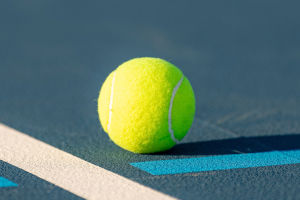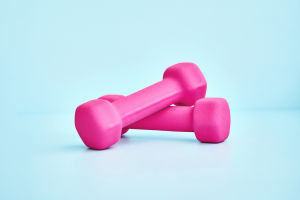Table tennis, known for its fast-paced action and precise play, relies not just on skill but also on the quality of equipment.
Among the most critical aspects of a player’s equipment is the paddle, or bat, and specifically the wood used in its construction.
The type of wood significantly impacts the paddle’s performance, influencing factors such as speed, control, and spin.
1. Plywood
Plywood is one of the most common materials used in table tennis paddles due to its balance of durability, control, and affordability. Plywood is constructed from multiple layers of wood veneer, bonded together with adhesives. This layering process gives the wood a unique combination of flexibility and strength, allowing it to offer good control while still providing enough power for offensive play.
Plywood paddles are often favored by players who seek a well-rounded performance. They provide a consistent feel and a stable surface, making them suitable for a wide range of playing styles. The multiple layers in plywood also help in absorbing vibrations, which can be beneficial for players who prefer a softer touch and enhanced control.
2. Balsa Wood
Balsa wood is renowned for its lightweight properties, making it a popular choice for players who prioritize speed and agility. Despite its lightness, balsa is surprisingly strong, offering a high degree of responsiveness. Balsa paddles are often used by players who engage in fast, attacking play, as the lightness allows for quicker reactions and rapid movements.
The primary advantage of balsa wood is its ability to generate significant speed without adding extra weight to the paddle. This characteristic makes it ideal for players who rely on speed and quick flicks to outmaneuver their opponents. However, due to its lightweight nature, balsa wood typically offers less control compared to denser woods, which may not suit players who prefer a more controlled and defensive style of play.
3. Kiso Hinoki
Kiso Hinoki is a premium wood that is highly prized in the world of table tennis for its exceptional quality and performance. Originating from Japan, Kiso Hinoki is known for its fine grain, durability, and unique playing characteristics. This wood is often used in high-end paddles and is favored by advanced players who seek superior touch and control.
The distinct properties of Kiso Hinoki include a soft yet responsive feel, which allows for excellent ball control and spin. The wood’s natural resilience provides a great balance between speed and control, making it suitable for a variety of playing styles. Kiso Hinoki’s high cost reflects its quality, and it is often chosen by players who are willing to invest in a premium paddle for competitive play.
4. Carbon Fiber
While not a traditional wood, carbon fiber is increasingly used in the construction of table tennis paddles, often in combination with wood layers. Carbon fiber adds strength and stiffness to the paddle, enhancing its speed and power. It is especially useful in offensive paddles designed for aggressive play.
The inclusion of carbon fiber in paddle construction helps reduce the overall weight while increasing rigidity, which results in a higher rebound effect and faster ball speed. This material is often used in paddles designed for players who prefer a fast-paced game and require a paddle that can deliver powerful shots with minimal effort.


